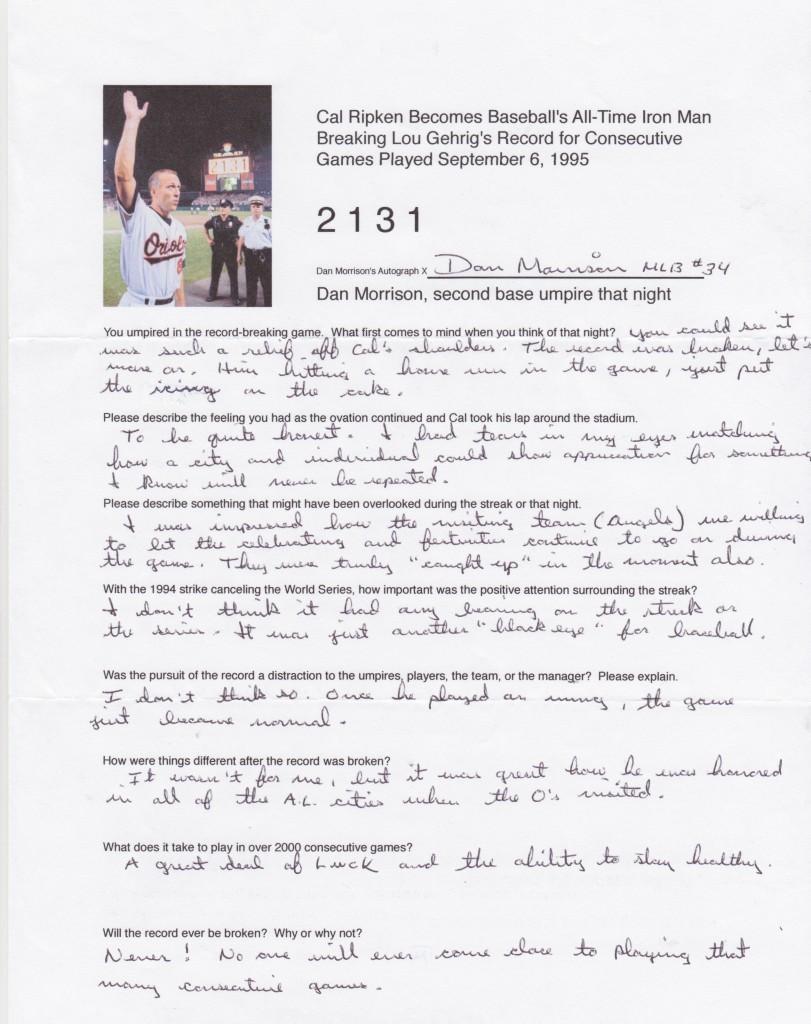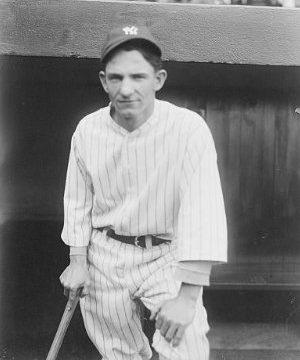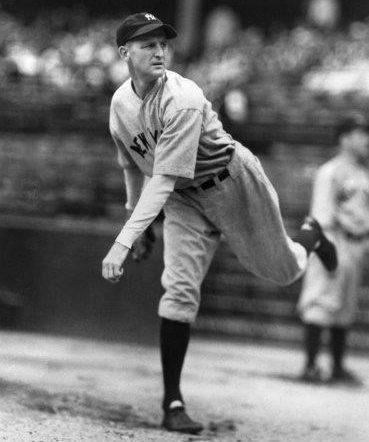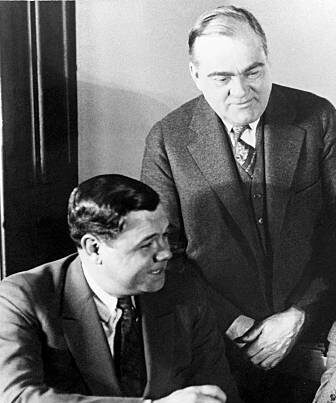Lou Gehrig
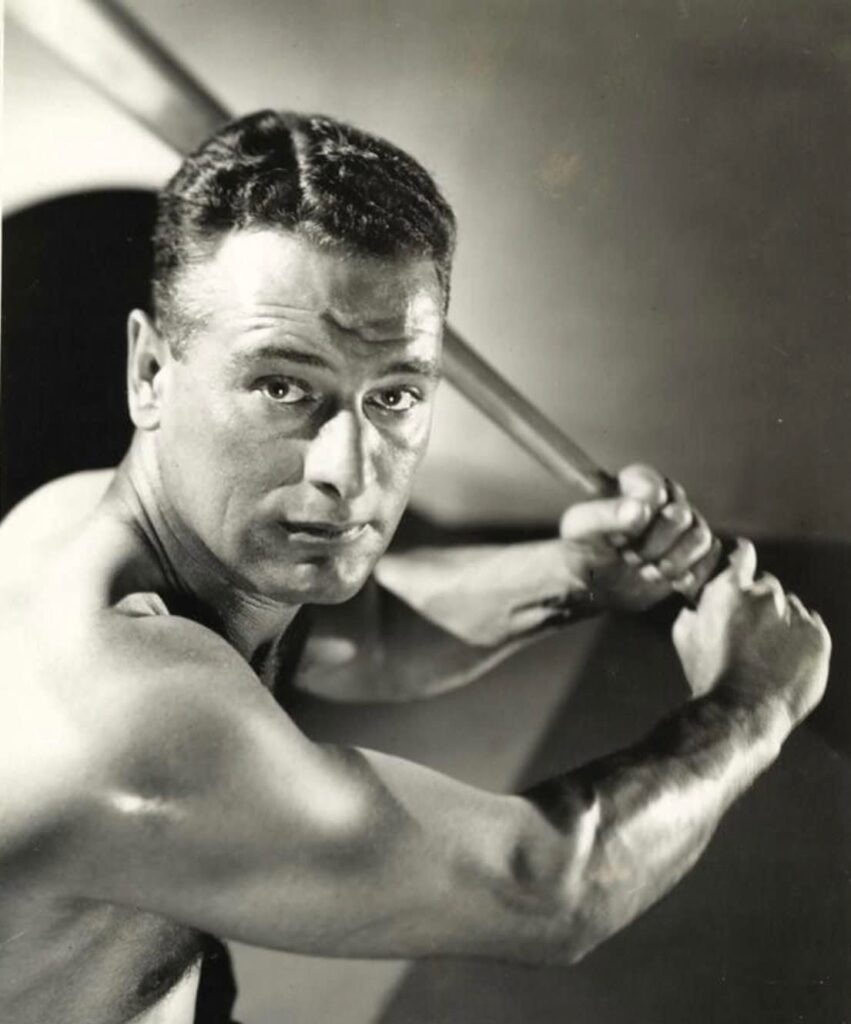
| Birthdate | 6/19/1903 |
| Death Date | 6/2/1941 |
| Debut Year | 1923 |
| Year of Induction | 1939 |
| Teams | Yankees |
| Position | First Base |
Lou Gehrig was the the top vote-getter on the fans’ All-Century team voting in 1999; in 1969 the Baseball Writers chose him as the greatest at 1B.
Leave a commentIn the collection:
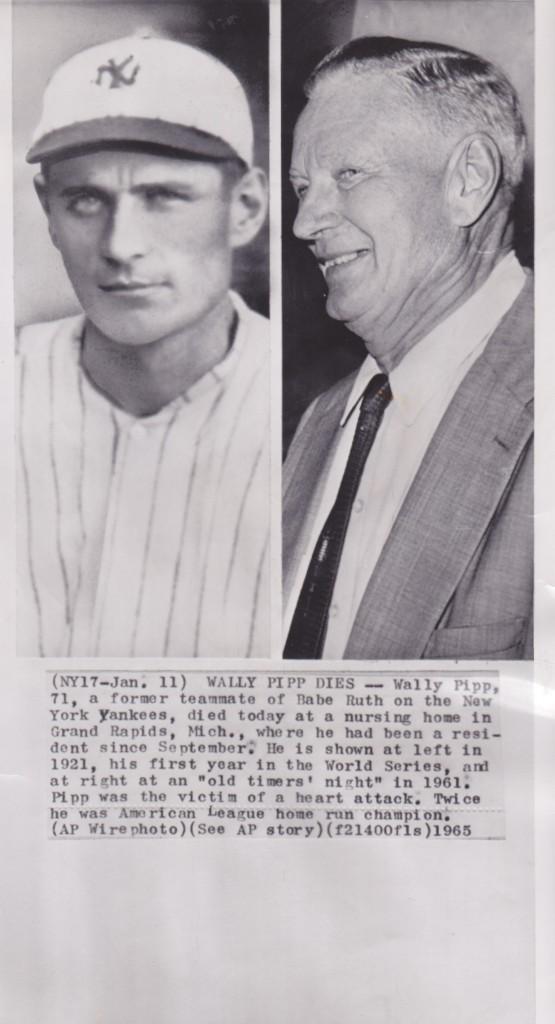
In 1925 Gehrig replaced Wally Pipp at first base and became a fixture in the Yankee lineup
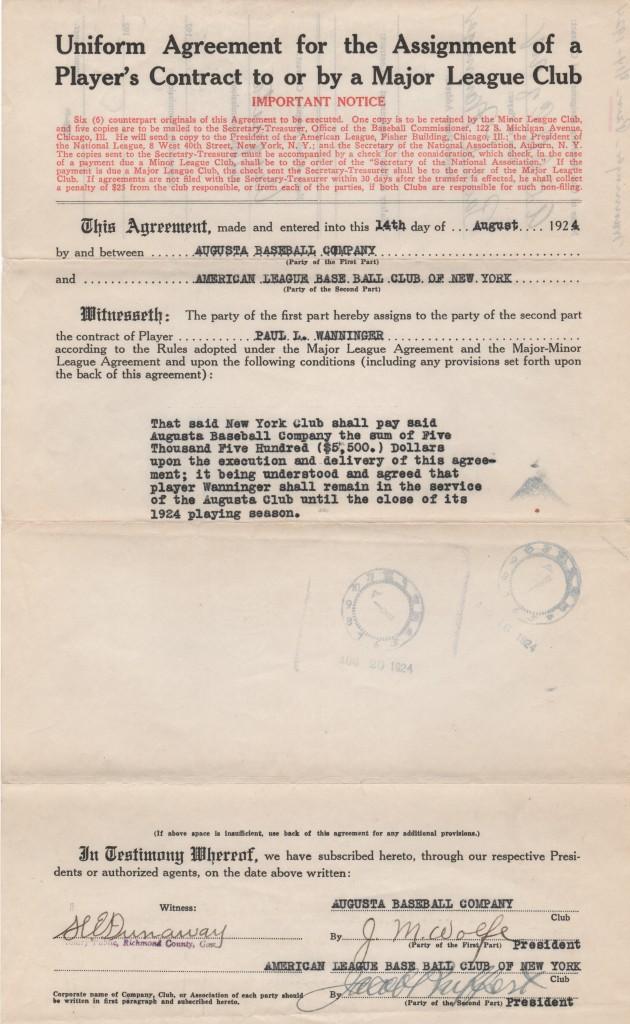
Lou's streak began pinch hitting for Pee Wee Wanninger on 6/1/25
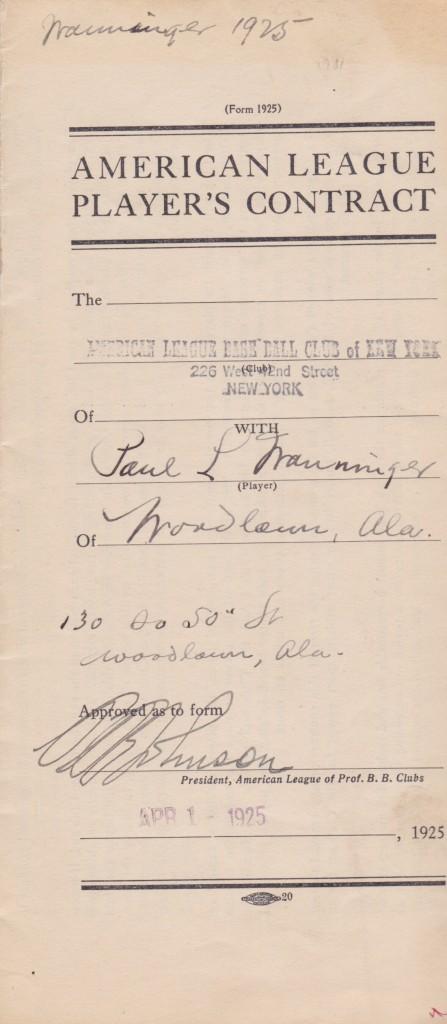
Wanninger played in a career-high 117 games in 1925
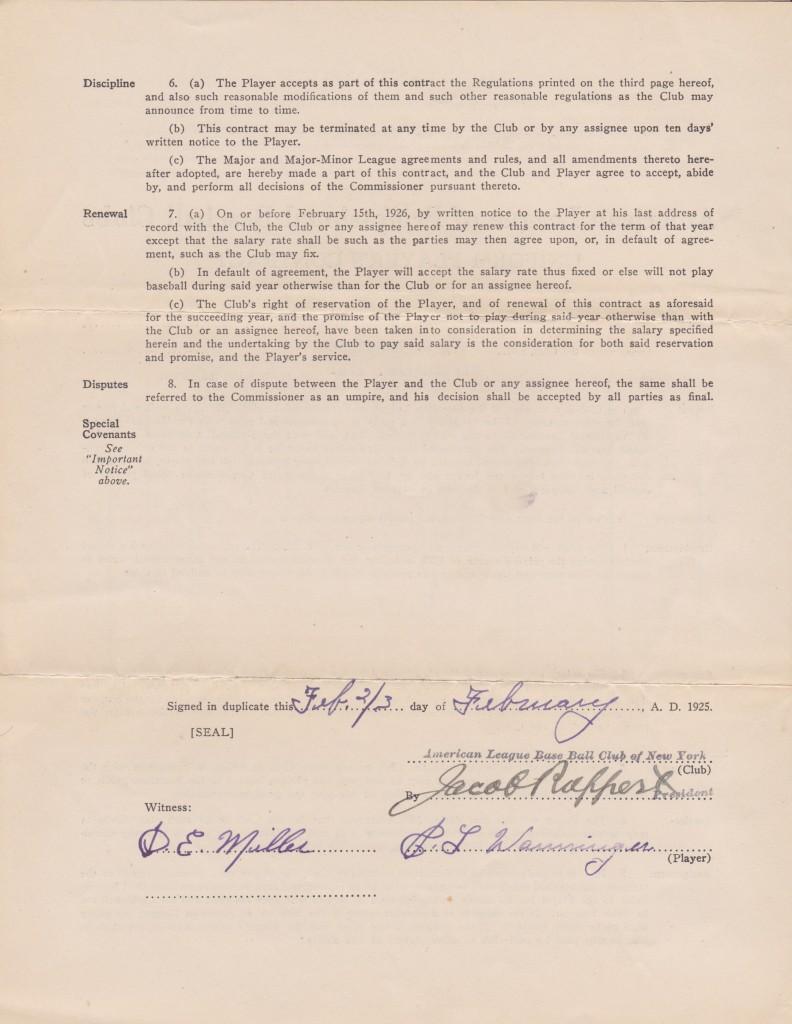
Wanninger's contract is signed by Hall of Famers Jacob Ruppert and Ban Johnson
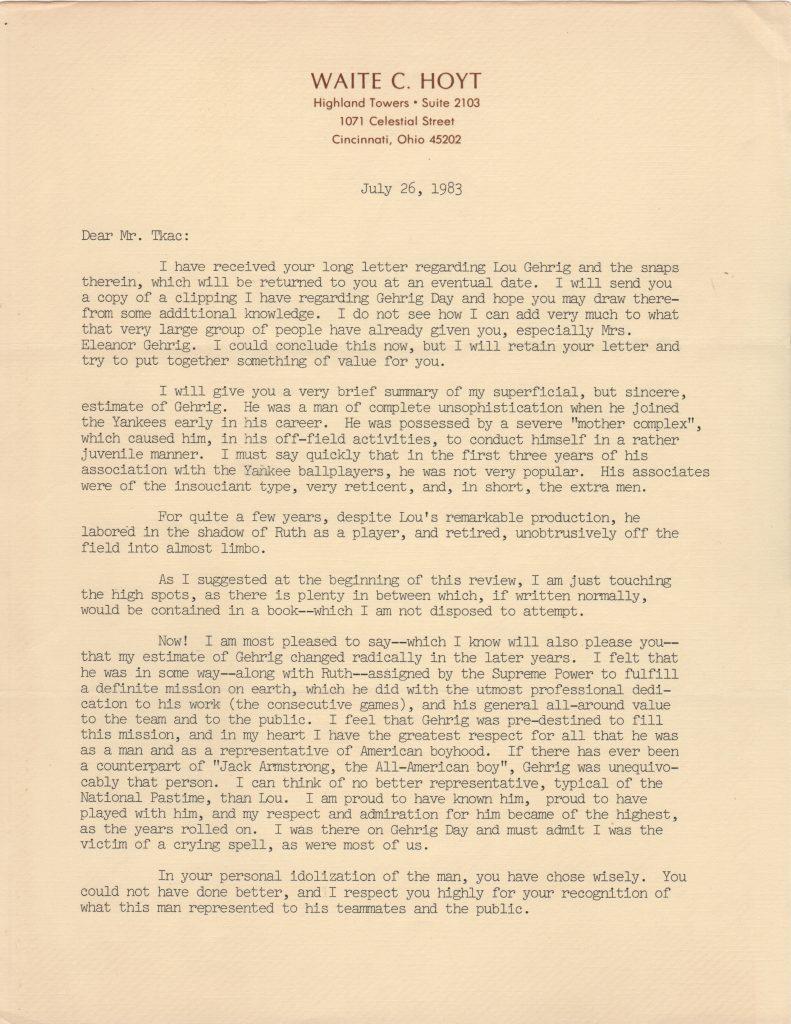
When he broke in, Gehrig was a man of "complete unsophistication" with a "mother complex"
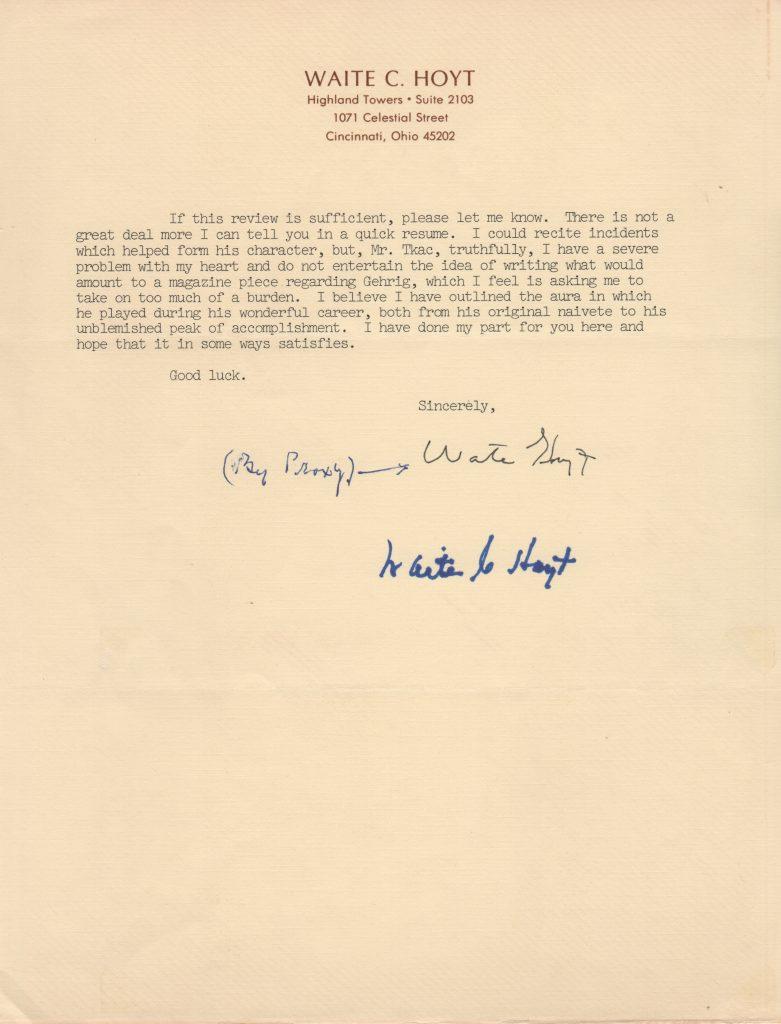
Gehrig transformed from "his original naiveté" to an "unblemished peak of accomplishment"
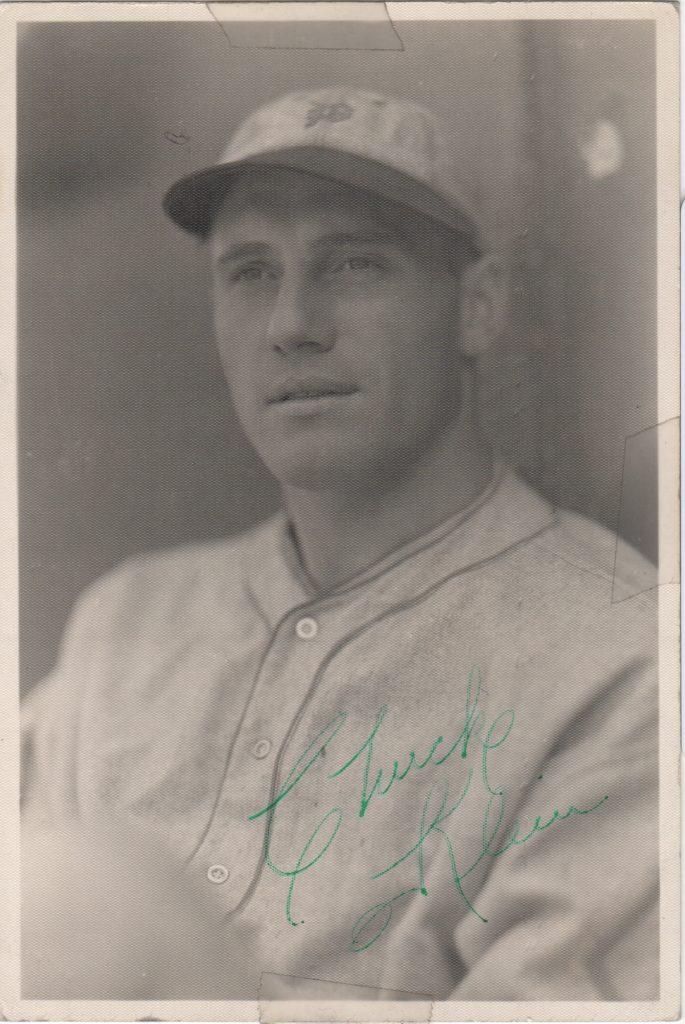
Only Gehrig and Chuck Klein claim multiple 200-hit/100-XBH campaigns
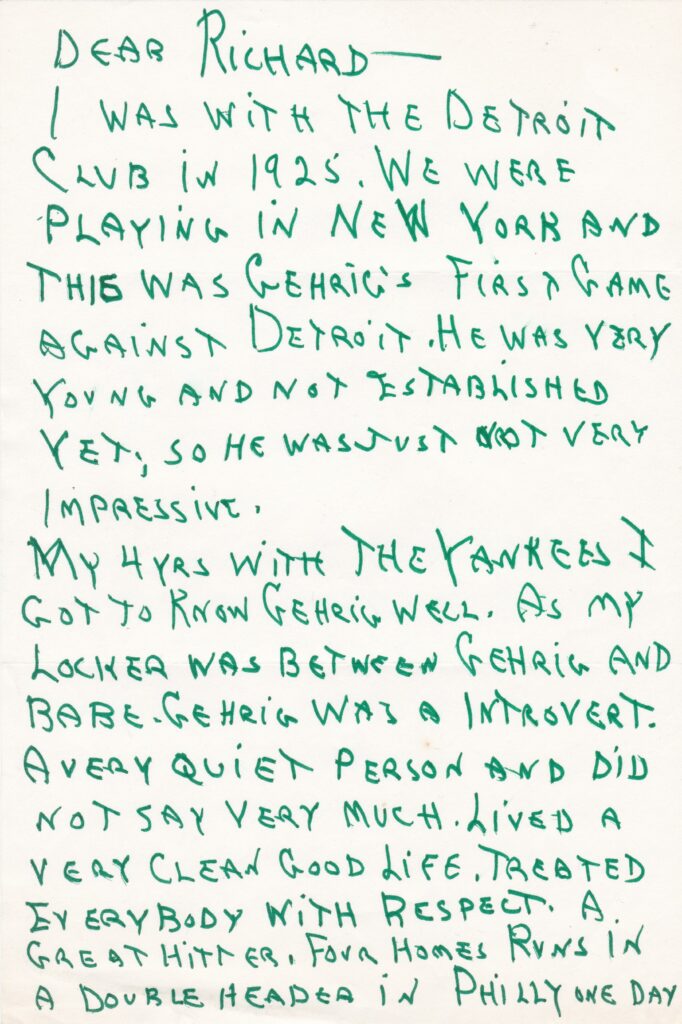
During his four years with the Yankees, Eddie Wells' locker was between Gehrig and Ruth
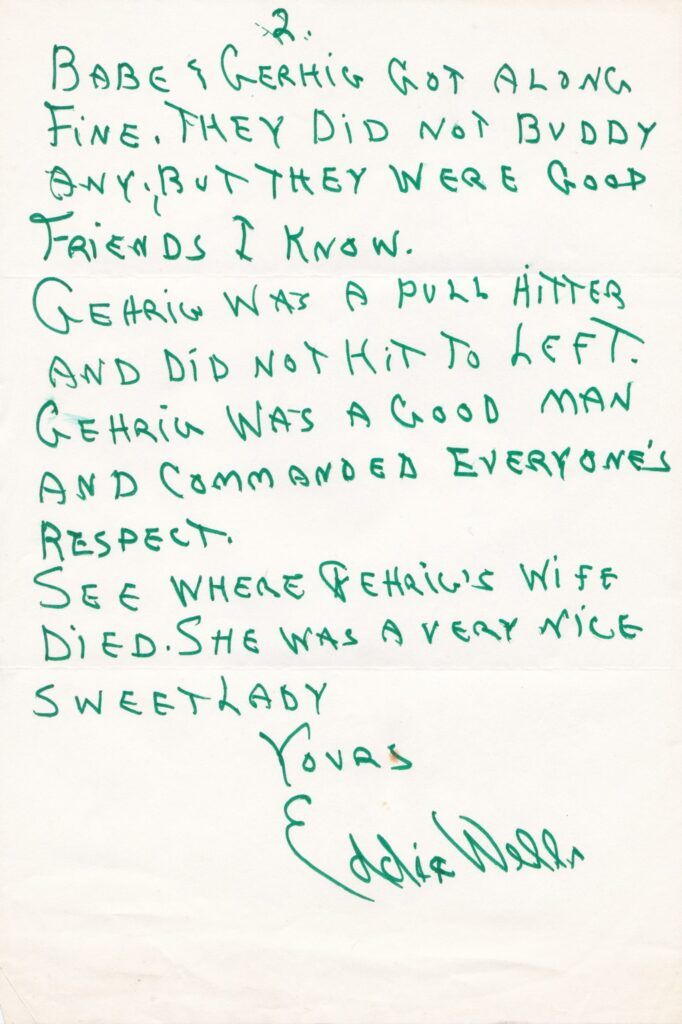
Gehrig was at the top of his game when Eddie Wells was his teammate
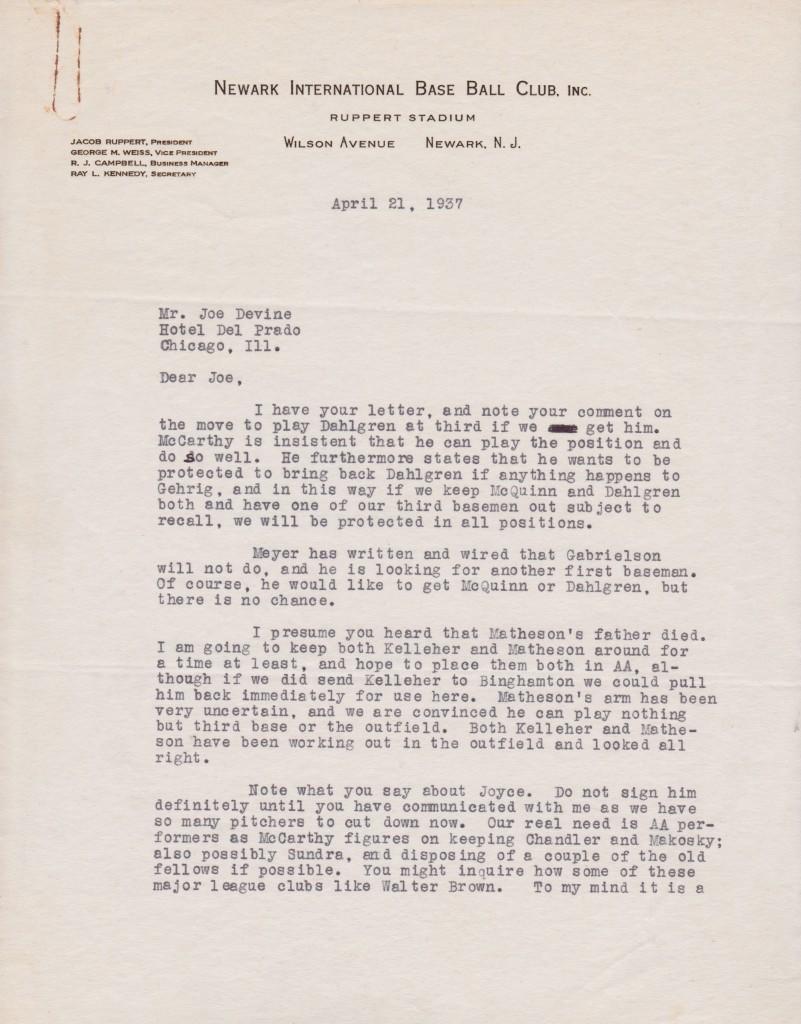
In 1937 the Yankees wanted "...to bring back Dahlgren if anything happens to Gehrig"
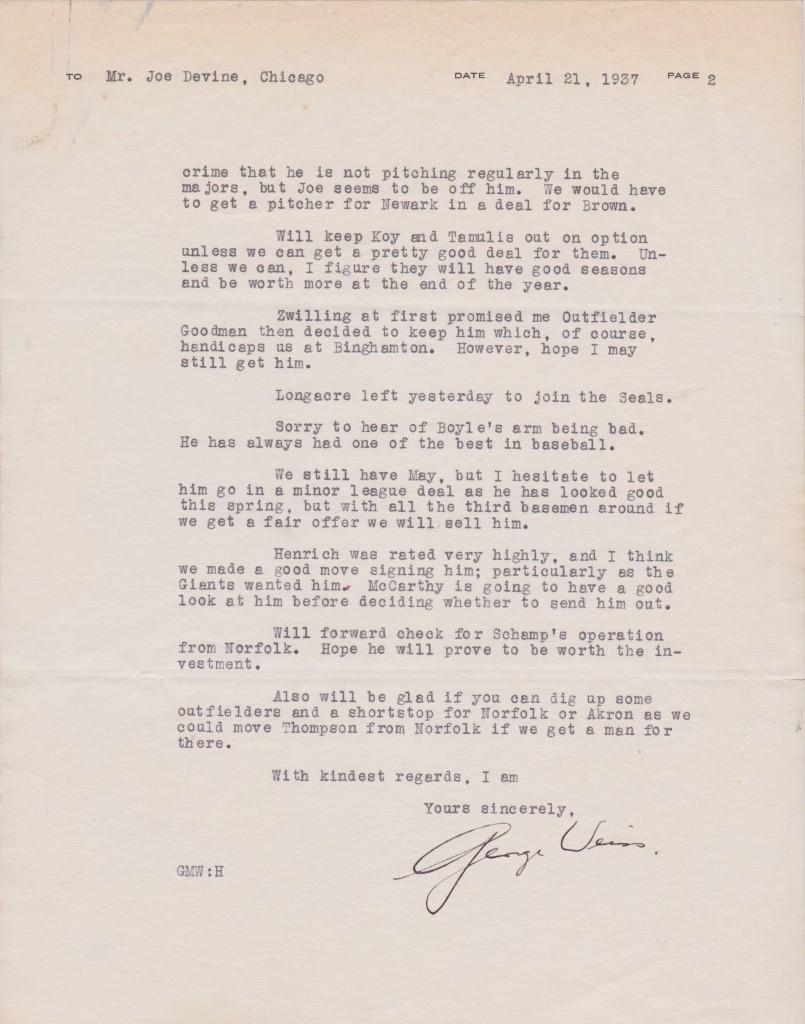
In the second page of the letter Weiss mentions AL MVP Spud Chandler and Yankee legend Tommy Henrich
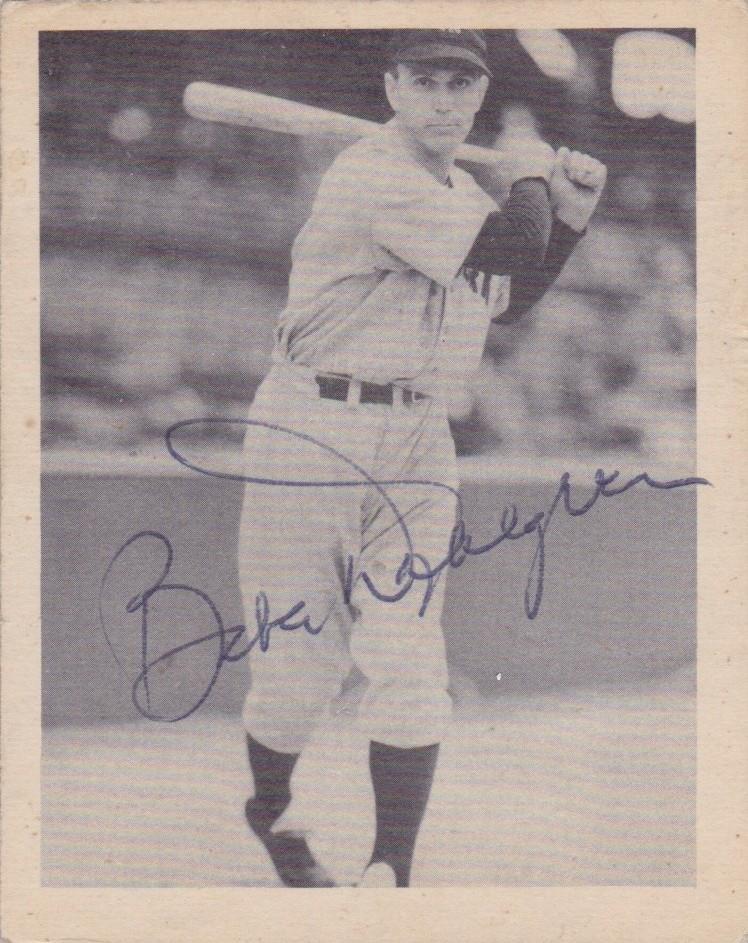
Gehrig's streak was ended when Babe Dahlgren started at first base for NY on 5/2/1939, the same year of this baseball card
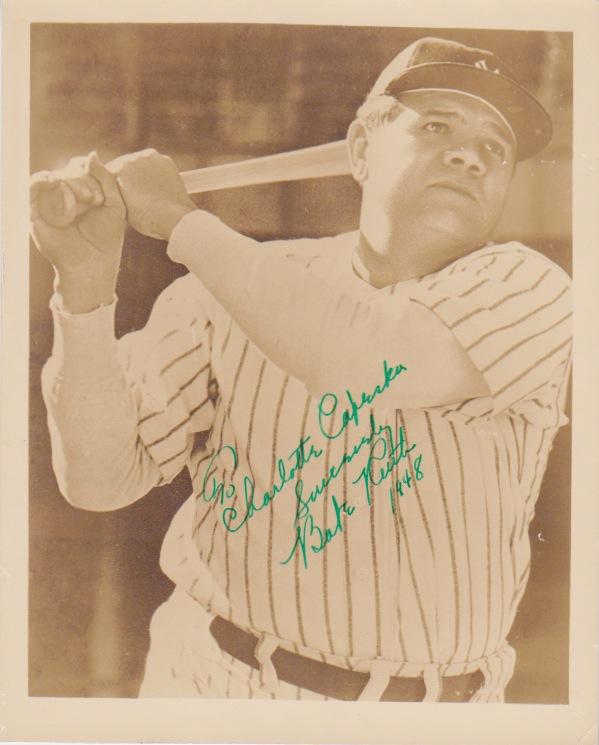
Babe Ruth and Lou Gehrig slugged a record 772 home runs as Yankee teammates from 1923-1934
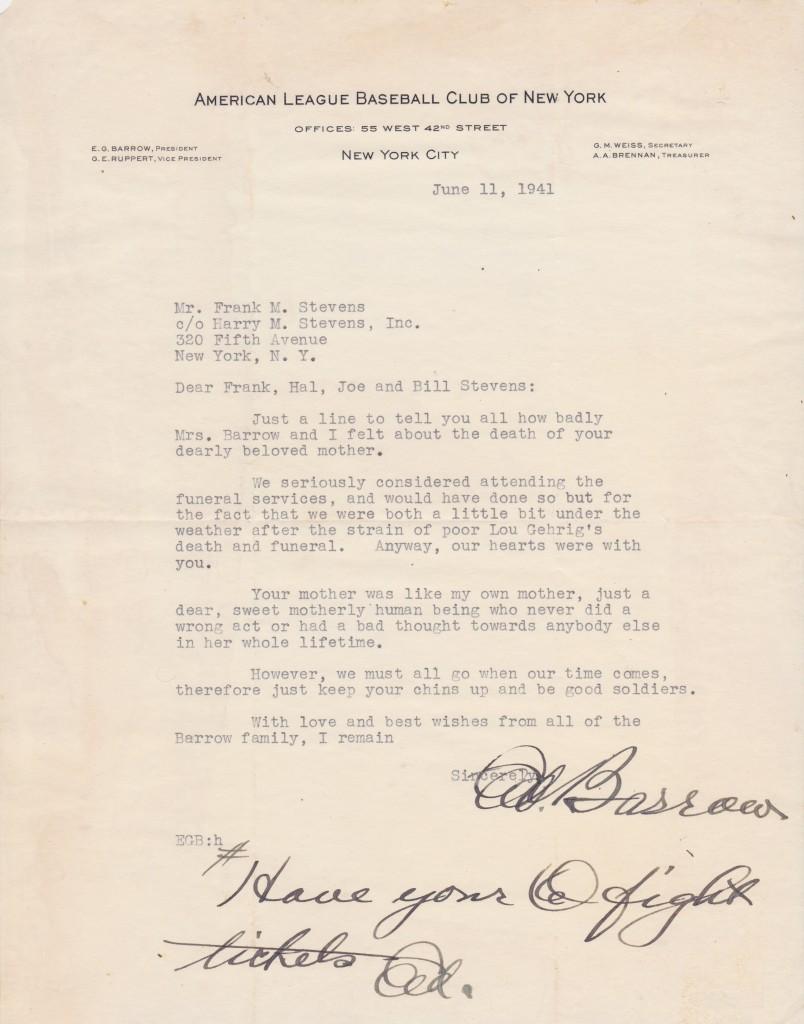
Lou Gehrig's jersey number 4 was retired by the Yankees - a first in baseball history
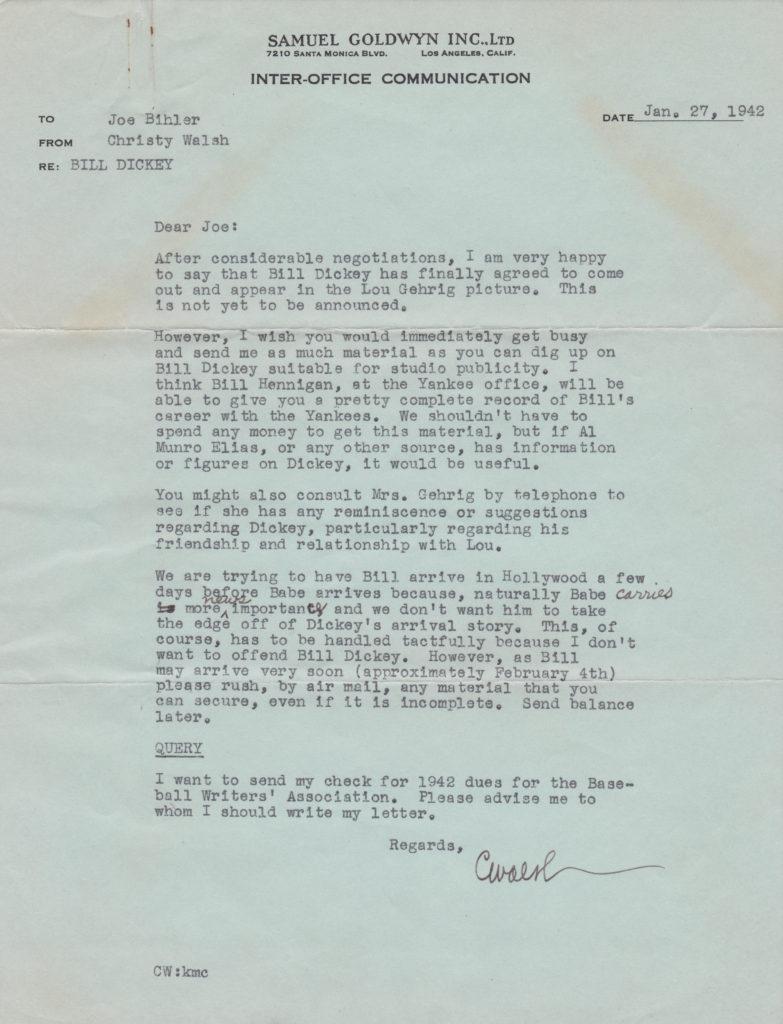
Gehrig's agent Christy Walsh writes of securing Bill Dickey and Babe Ruth for Pride of the Yankees
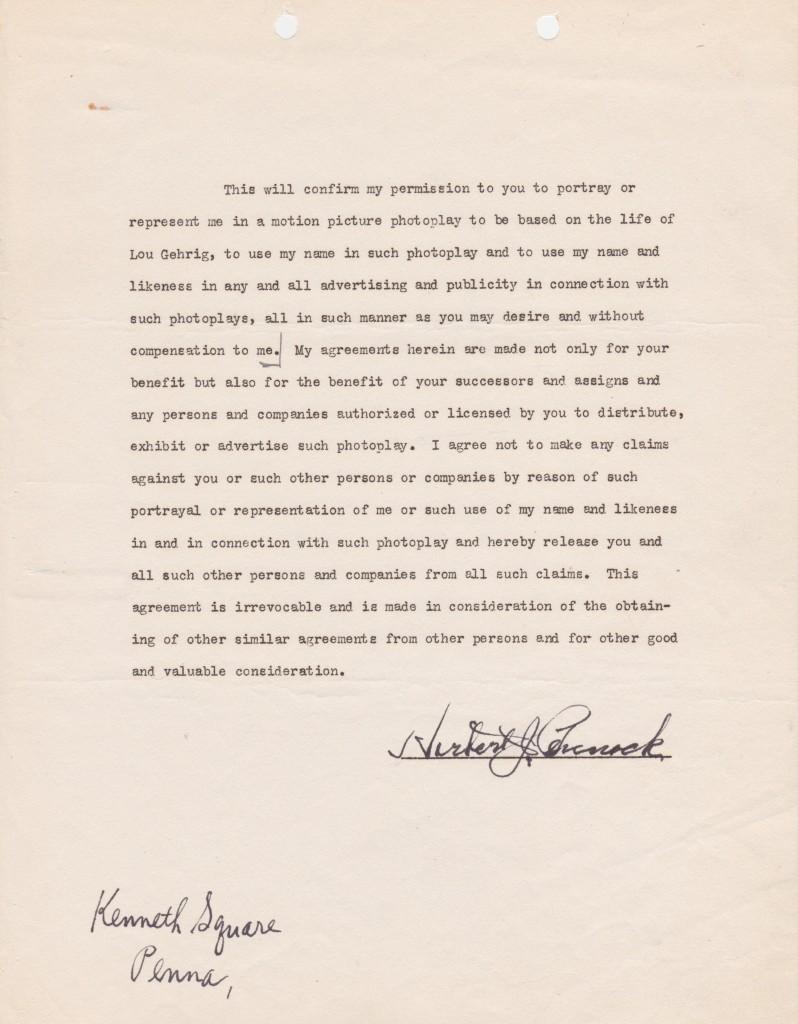
Many Yankee players portrayed themselves in the Lou Gehrig biopic "Pride of the Yankees"
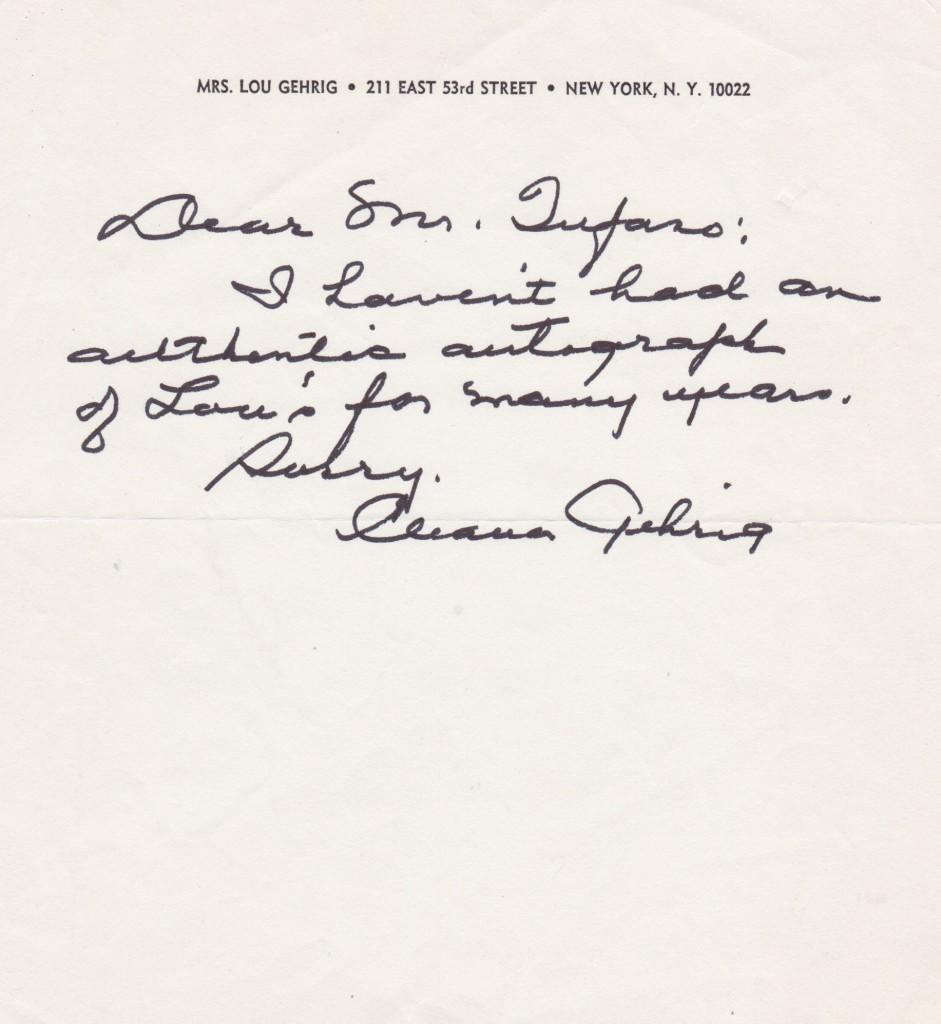
Gehrig's widow tells an autograph hunter she doesn't have any more of Lou's signatures

More than a century after his debut Lou Gehrig is revered for both his play and his character
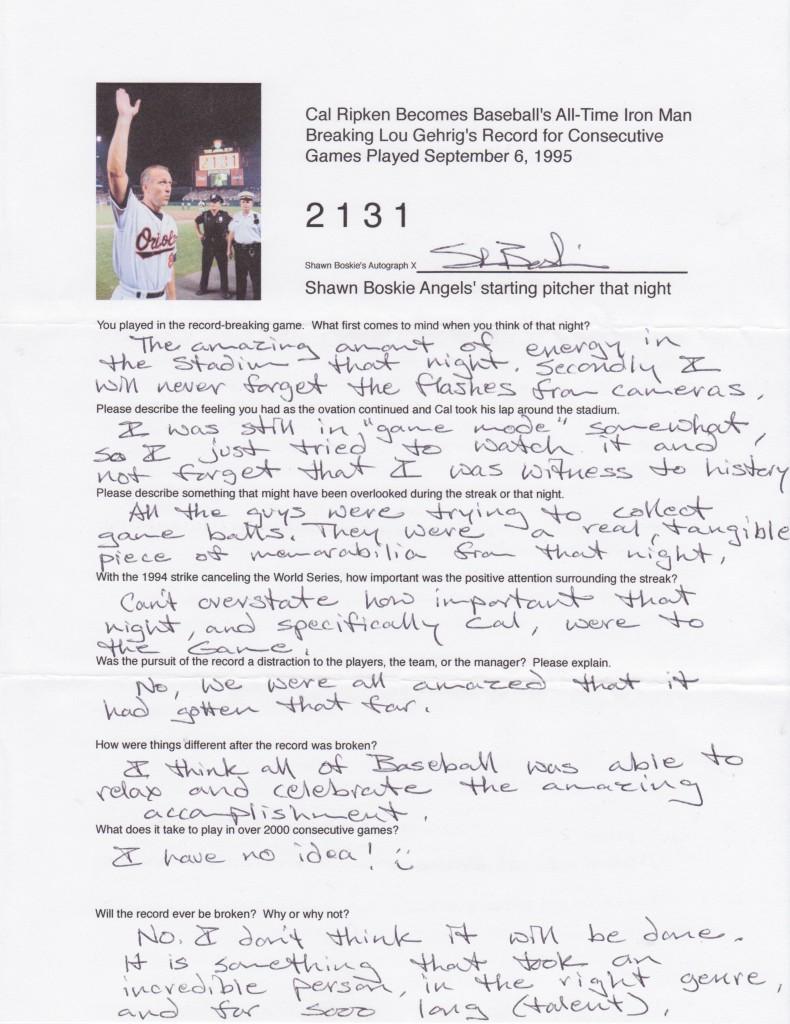
The night Ripken broke Lou's streak he hit a homer off of Shawn Boskie; here's what Boskie recalls
